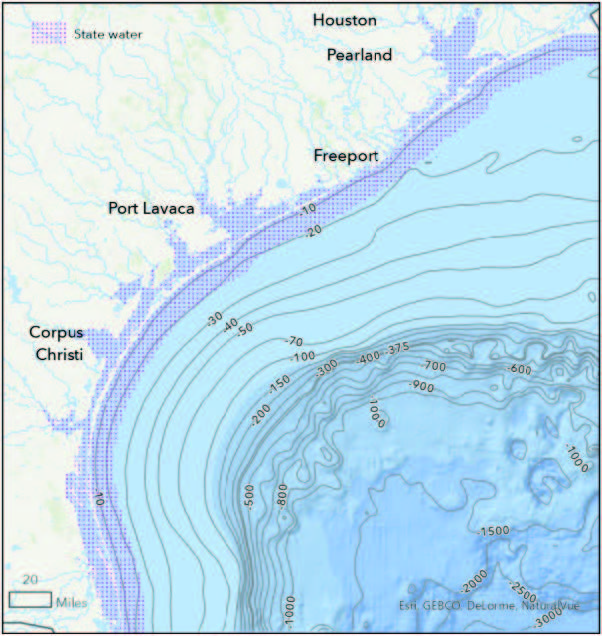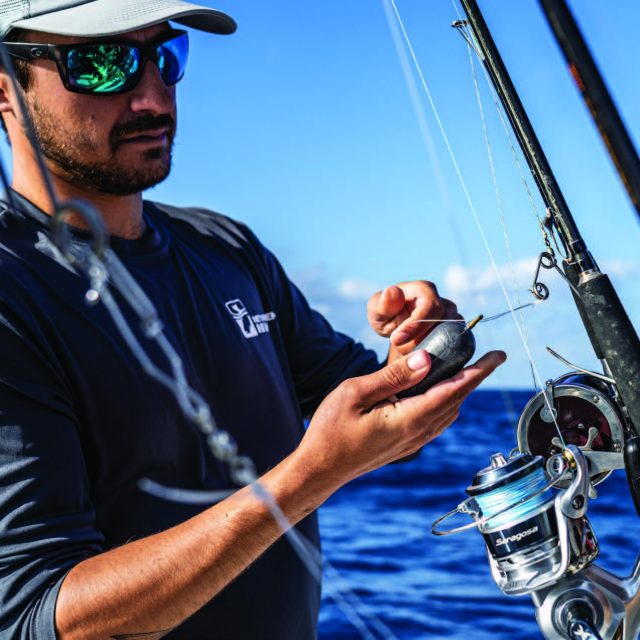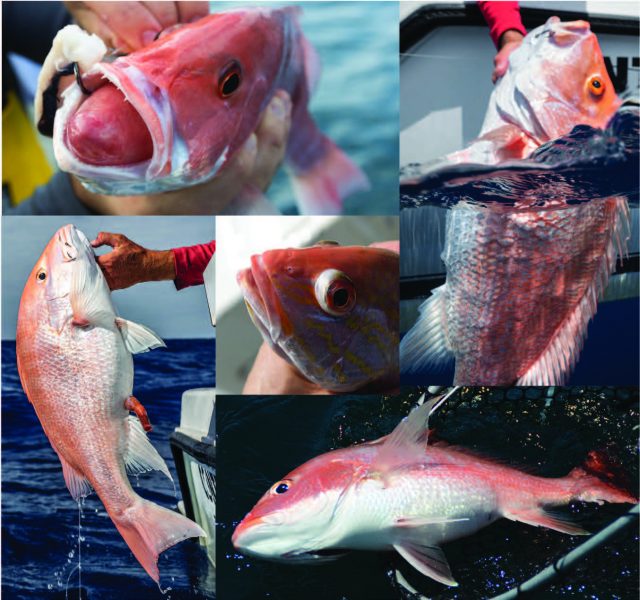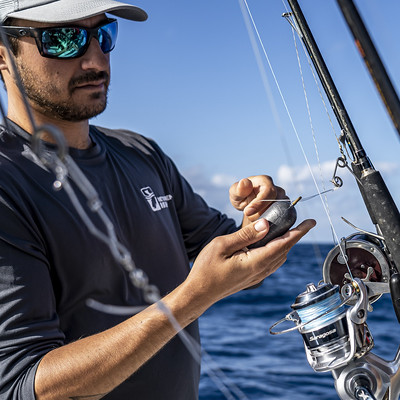Originally featured in Texas Saltwater Fishing Magazine May 2023 issue
by Nick Haddad
Return ‘Em Right Sustainable Fisheries Communications Manager
Required Gear: Don’t Let the Law Ruin Your Day
If you are an avid offshore angler, you’ve likely been hearing a lot about venting and descending requirements lately. Last year, the DESCEND Act became effective for all anglers who fish for reef fish in federal waters of the Gulf. The law requires anglers to possess either a venting tool or a descending device to be rigged and ready when fishing for reef fish species.
More recently, state agencies in Texas and Florida approved new regulations in state waters (up to 9 miles out in the Gulf) to mimic the federal regulations (beyond 9 miles). Texas Parks and Wildlife Department (TPWD) approved a rule that will require the possession of venting tools or descending devices that are rigged and ready to use when fishing for reef fish in state waters. In addition to requiring possession, the new regulation will require use when a fish is displaying signs of barotrauma. This law will become effective September 1, 2023.
The new regulations are great – they bring awareness to barotrauma, venting and descending and improve the survival of reef fish in state waters. The consistency between state and federal regulations should make the rules easier to understand for anglers too. With that said, anglers can do more harm than good if they vent or descend fish that are not experiencing barotrauma, or they are doing so incorrectly. The key to making the most of these new regulations is understanding when and where we should be using these devices to help fish survive. After all, the purpose of these regulations is to save more fish.

Follow the guidelines below to make the most of your release gear and reduce the number of floaters on your next trip offshore.
Pack the Right Supplies Before Leaving the Dock
A common question I often hear is, “Do I need a venting tool or a descending device?” Either tool will cover your legal requirements, but I suggest every angler carry and know how to use both venting tools and descending devices for two main reasons: 1) There are different situations where each device may be preferred. Under most conditions, the descending device is the preferred method of release because it is the easiest to use and safest for the fish. However, if you find yourself in a situation where multiple fish come to the deck at the same time that you must release, it is better to vent the fish and release them quickly instead of waiting for the descending device to be retrieved from depth. Venting requires precision using a sharp, hollow tool on a rocking boat and will do more harm than good if done incorrectly. 2) Having a backup device will keep you compliant while allowing you to continue to successfully release fish if you happen to lose one while fishing. It never hurts to bring extra devices and extra weights to descend your fish too.
Be Prepared Before the Fish Hit the Deck
The onset and severity of barotrauma can vary by conditions and species, so there is not a single depth that requires anglers to use their devices. Anglers fishing off jetties in south Texas often see redfish float off in depths of 30-40 feet, meanwhile other anglers fishing for red snapper might not experience this until depths over 60 feet. Most reef fish start to experience barotrauma at depths of 50-65 feet or greater. This means you should rig your release gear before dropping a bait down if you are bottom fishing at or beyond this depth. Once you surpass 80-100 feet of depth, you will most likely need to use your venting tool or descending device to get your catch back down. With that said, understanding the signs of barotrauma is the last step to helping more fish survive.

Know the Signs of Barotrauma
The most recognized symptom of barotrauma is the fish’s stomach protruding from its mouth. Many anglers think this is the swim bladder, but the fish’s swim bladder inflates internally and pushes the stomach out of the mouth. You never want to vent or pop the stomach coming out of the mouth. Other symptoms include eyes bulging, intestinal protrusion, a bloated stomach and even bubbling or distorted scales. Air can expand so much inside a fish that it forces its way through the skin and out under the scales causing them to bubble.
The deeper you fish, typically the more severe the signs of barotrauma will be. It is important to remember, even if you don’t see any of these external symptoms in your catch, the fish may still need help getting back down. Gently squeezing the stomach of a fish and feeling if it is firm is a helpful way to tell if there is excess air in the body cavity. If the body cavity feels firm, or if you release a fish and it’s kicking, but struggling to overcome the buoyancy, use a descending device and send them back down!

Return ‘Em Right to Earn Another Fight
There is not a single best release practice that fits every scenario. As an angler, it’s your responsibility to understand when and where you might experience barotrauma and know how to properly release your catch offshore. Having the knowledge and tools to successfully release reef fish will help you earn another fight in the future. A great way to gain this knowledge and free release gear is to visit ReturnEmRight.org. Spend 15-minutes learning about barotrauma and best release practices and earn $100 in FREE release gear to use out on the water. Not every fish will survive release, but it’s our job to give each one their best shot.


